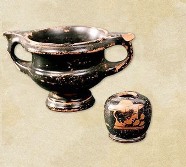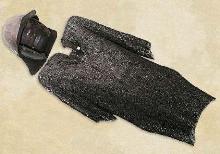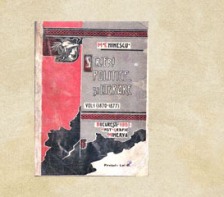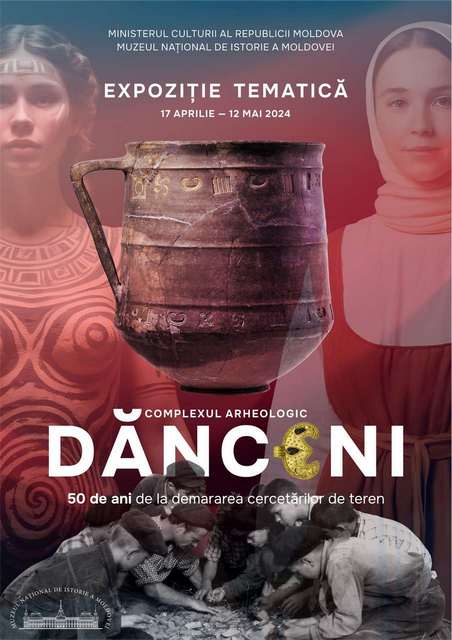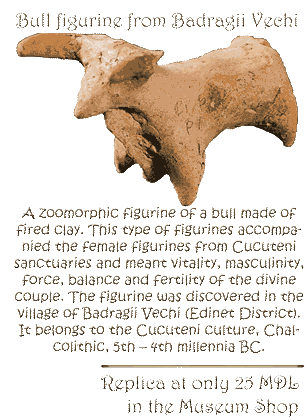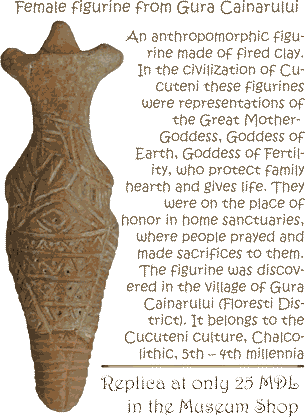Between 11 to 26 September 2014 the National Museum of History of Moldova hosted in its backyard a novel event for museum institutions in the country - "Under the Stars Movie Night ". The initiative to organize an outdoor film Cinematheque belonged to founders of Social-charity Project "From heart to heart". It maintains a popular concept abroad - outdoor cinema.
September 11th- 26th, 2014
The event has been initiated by Project „From heart to heart" in partnership with the National Museum of History of Moldova. It supports a very popular concept abroad - outdoor cinema.
During three weeks, starting from 19.45, in the courtyard of the National Museum of History of Moldova were projected 7 classical movies revealing the atmosphere of the 40s and 50s of the twentieth century.
The visitors could see the following worldwide recognized cinematographic productions :
September 11th - Charade (1963), director Stanley Donen - 113 minutes
September 12th- It happened one night (1934), director Frank Capra - 105 minutes
September 13th - Royal Wedding (1951), director Stanley Donen - 93 minutes
September 18th - Breakfast at Tiffany's (1961), director Blake Edwards, 115 minutes
September 19th - It's a wonderful life (1946), director Frank Capra, 130 minutes
September 20th - Some like it Hot (1959), director Billy Wilder, 120 minutes
September 26th - Cyrano de Bergerac (1950), director Michael Gordon, 112 minutes
Outdoor Cinema is a project that we want to maintain and to develop, a project by which we want to bring to people the atmosphere of the past summer gardens and good movies.











 31 August 1989 St., 121 A, MD 2012, Chisinau, Republic of Moldova
31 August 1989 St., 121 A, MD 2012, Chisinau, Republic of Moldova


















